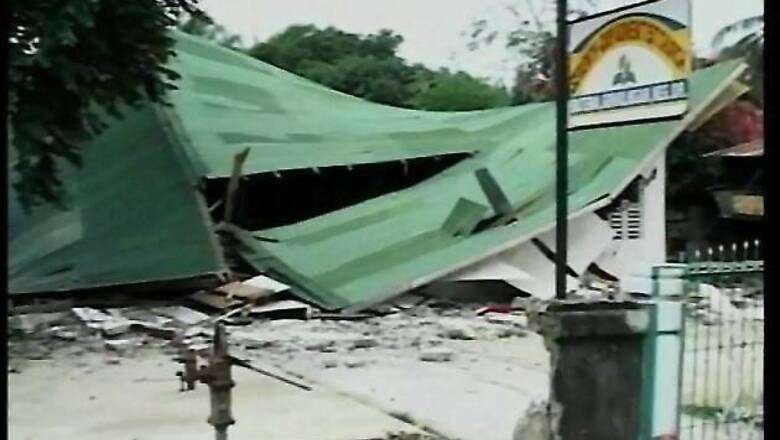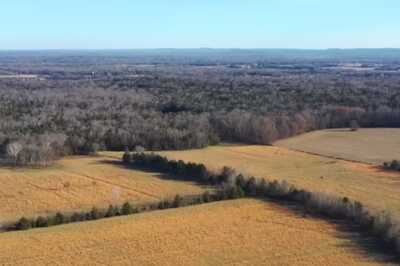
views
Manila: Rescuers digging for survivors among dozens of people buried by earthquake-triggered landslides on a central Philippine island have found only bodies. The death toll climbed to 15 on Tuesday, and at least 73 people were still missing.
Monday's 6.9-magnitude earthquake also collapsed bridges and damaged roads on Negros Island, forcing soldiers and firefighters to hike mountains to reach remote villages. Most of the confirmed deaths were in Planas village, a part of Guihulngan town where some 30 houses were buried under concrete debris.
Guihulngan Mayor Ernesto Reyes said crews were using backhoes to try to rescue people, but he added that at the rate deaths were being reported, the town may run out of coffins.
The damage may be worse than officials realized because the quake cut off communications to some villages, Reyes said.
"We have no water and power because electric posts were toppled," he told The Associated Press by phone. "Many of our roads were damaged, including bridges, and stores are closed. We're isolated."
Another hard-hit area was the mountain village of Solongon in La Libertad town, where an unknown number of people were trapped under some 100 houses.
President Benigno Aquino III ordered air force helicopters and navy and coast guard vessels to come to aid of rescuers, some of whom were digging with picks and shovels to look for survivors.
Workers were clearing and fixing and bridges leading up from the coast to mountains so heavy equipment, food and medicine could flow to the worst-hit villages.
Monday's quake was caused by movement in an undersea fault 44 miles (72 kilometers) north of Dumaguete, capital of Negros Oriental province, and about 400 miles (650 kilometers) southeast of the nation's capital, Manila. It hit at a depth of 29 miles (46 kilometers).
Negros Oriental police chief Senior Superintendent Edward Carranza said at least 73 people remained missing in the province.
The casualties could top a 2004 quake on Mindoro Island, south of Manila, where 78 people died, about half of them in a quake-triggered tsunami. A local tsunami alert was issued following Monday's temblor but was soon canceled.
The Philippines is in the Pacific "Ring of Fire" where earthquakes and volcanic activity are common. The damage and casualties are compounded by shoddy construction in the impoverished nation. A 7.7-magnitude quake killed nearly 2,000 people in northern Luzon in 1990.
Mayor Reyes said that 13 residents died and at least 29 remained missing in the landslide in Planas, where an army platoon began digging in a scramble to find survivors. A 50-man team of veteran rescuers from nearby Cebu province was en route, along with firefighters deployed by the provincial government.
A new crisis unraveled when the landslide in Planas clogged a mountain river, threatening about four villages downstream. If the river swells or the landslide gives way, the accumulated water may sweep away houses along the banks, Reyes said. Residents were warned to move away.
Lloyd Malay, a 56-year-old government forest ranger in Guihulngan, mourned the death of his friend, a carpenter, who was pinned to death in the house where Malay used to live.
"It's a tragedy I can't do anything about," Malay said as he stood before the ruins. "We have to start all over again."
The road running through his community had a web of ugly cracks. Many of his neighbors managed to escape by fleeing toward the mountain and elsewhere when the ground started to shake.



















Comments
0 comment